The US Grand Prix from the Circuit of the Americas resumes the season following a month-long break next weekend and will restart the intriguing title fight between McLaren and Red Bull.
A sprint weekend from COTA, as well as in Brazil and Qatar, could prove crucial to the outcome of the title – but so too might the differing track characteristics of the upcoming circuits.
With 18 rounds in the books this season, a preview to the final rounds can be based on the behaviour of the cars at races held so far with a look at the layouts we will see in the next six races, rather than recent performance trends.
Viewed by others:
USA and Mexico
COTA’s first and third sector consists of a snaking section that relies on dynamic balance while the second sector prioritises strong traction and top speed.
Always a consistent theme at COTA is the bumps present around the circuit which can make set-up critical – it caught out Mercedes and Ferrari last year when Lewis Hamilton and Charles Leclerc were disqualified from the race.
On paper, the McLaren MCL38 could hold the advantage as it has demonstrated greater flexibility compared to the RB20, effectively finding the correct balance very quickly without upsetting the setup. While Red Bull made steps forward in this area in Baku and Singapore, its fresh upgrades due for the USA could provide validity to the gains.
Mexico, meanwhile, is a venue that Red Bull has always performed strongly at. The altitude poses a unique challenge for the teams with cars that feature wings that are configured similarly to Monaco while also offering reduced drag in a straight line.
The lower drag is negatively compensated by a lower power generated by the power units, only partially mitigated by a different battery charging mode.
It will be crucial to have a balanced car in Mexico, especially through the slower section in order to favour tyre management. The battle between Red Bull and McLaren is poised to be close around the Autodromo Hermanos Rodriquez – but it should not be forgotten that Red Bull should also adopt the high downforce bodywork configuration in this race, with large gills and the elimination of the long gulleys at the base of the engine cover that debuted in Hungary.
Brazil and Las Vegas
In Brazil, the Interlagos track is made up of large altitude changes and a layout that divides it perfectly into three distinct sectors. The first requires excellent balance and traction, while the second needs positive handling through the swooping, slow-speed corners.
Strong acceleration and top speed are the priority for the final sector through the flat-out uphill section that leads to the start-finish straight. The ride height as well as the aerodynamic and dynamic balance, are the most relevant factors that come into play in the performance equation on this track.
On the basis of these considerations, for example looking to a similar track such as Budapest, it seems likely the circuit will sit at an advantage for McLaren.
Las Vegas, on the other hand, sees aerodynamic efficiency representing the determining factor in terms of performance - this will play into McLaren's hands.
It features long straights connected by sharp curves with the exception of the stretch that runs alongside the Sphere. McLaren is set to fit its controversial rear wing from Baku to the car - albeit with the modifications to the construction after teams took issue with its movement at top speed in Baku.
Qatar and Abu Dhabi
Red Bull could sit as favourites when F1 heads to the penultimate round of the season in Qatar - if its upcoming developments work as hoped - as acceleration and balance, as well as tyre management, will be crucial.
In fact, if that upgrade does prove successful, there is potentially no sector of the Losail track that will see McLaren enjoy absolute supremacy. And as was the case last year, the concentration and physical resilience of the drivers will count towards a lot.
With the event also sitting as the final sprint weekend, it will place extra scrutiny on the strategic decisions that are made throughout the weekend. As with Mexico, Red Bull could adopt the high-downforce bodywork with large gills and without the gulleys at the base of the engine cover in a bid to favour reliability.
Abu Dhabi will offer a respite from the strains of the sprint format and allow the teams to fine-tune their cars across three practice sessions.
The progressive cooling of the track when the sun dips below the horizon is a factor that impacts the performance of the cars, particularly the tyres.
Overtaking around the Yas Marina Circuit has proven to be tricky in the past and the outcome of the race may well rest on the result of qualifying on Saturday.
Every discussion from a strategic point of view, on the other hand in Abu Dhabi, becomes more difficult to predict as teams bid to out-do each other for the final time – but as was the case in the close title race three years ago, a dramatic conclusion to the year should not be ruled out.
Also interesting:
It has been a year since Max Verstappen won his third F1 title - with six grands prix to spare. Now Verstappen is in a fight this year, and with Red Bull under pressure to deliver him a car to retain his crown. Join RacingNews365's Ian, Sam and Nick as they discuss this and more ahead of the final six races.
Would you rather watch our podcast? If so, click here.
Don't miss out on any of the Formula 1 action thanks to this handy 2026 F1 calendar that can be easily loaded into your smartphone or PC.
Download the calenderMost read
In this article
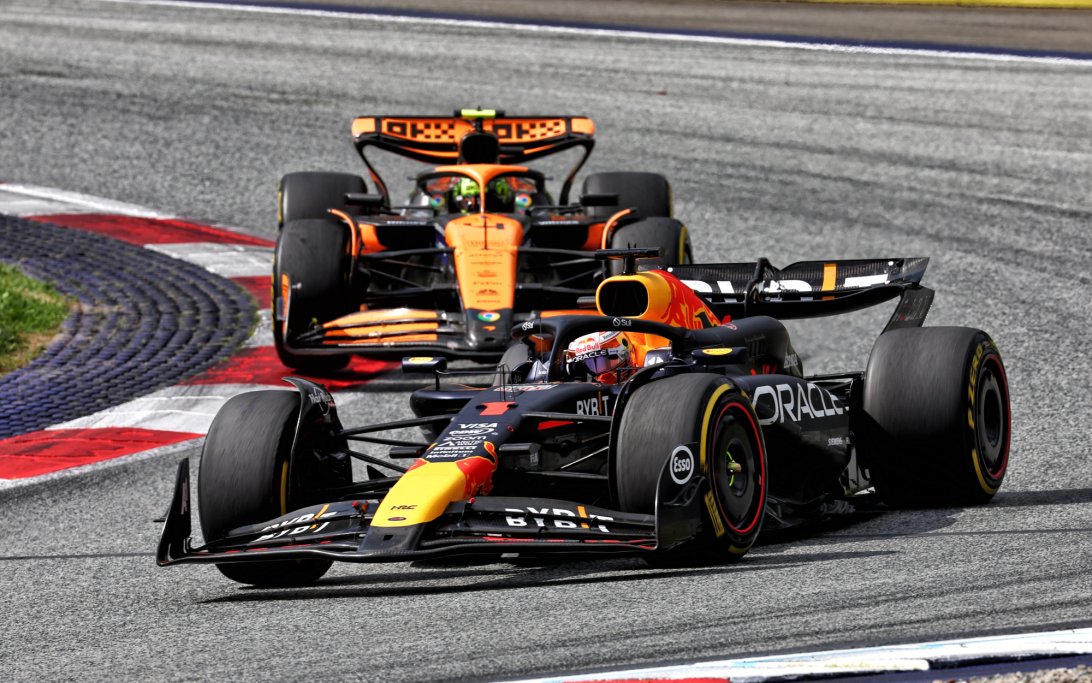
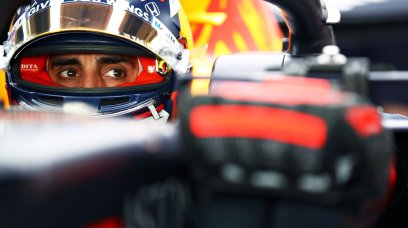
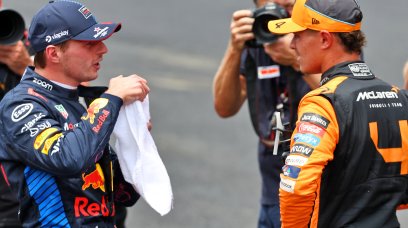
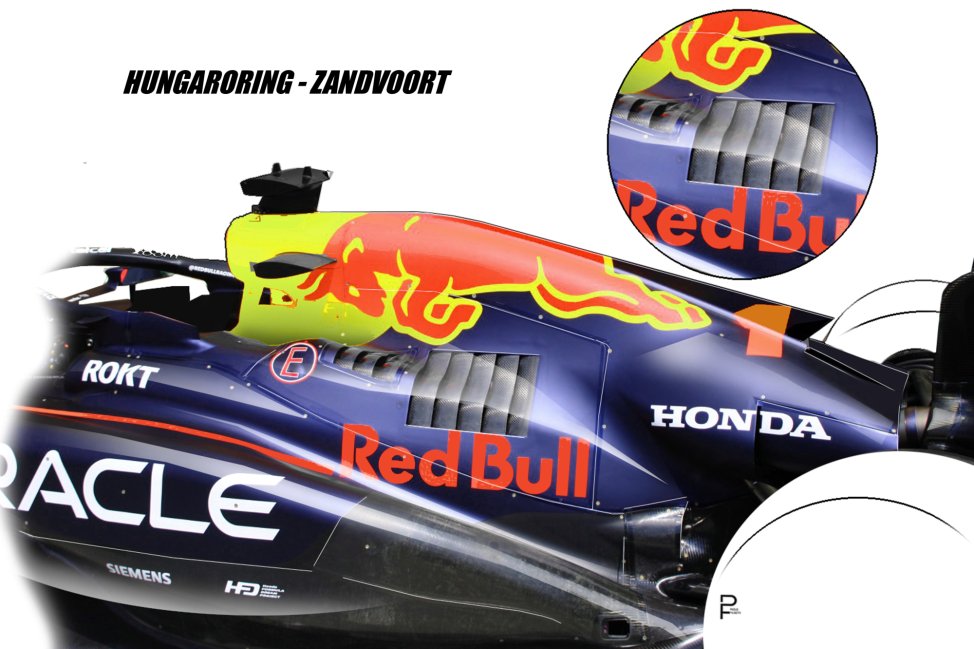
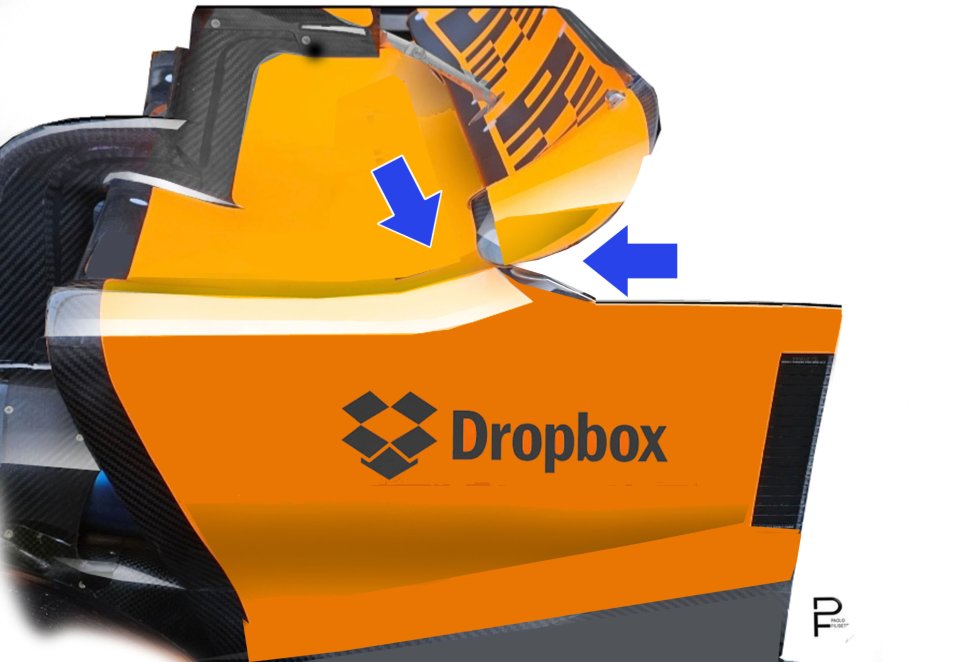


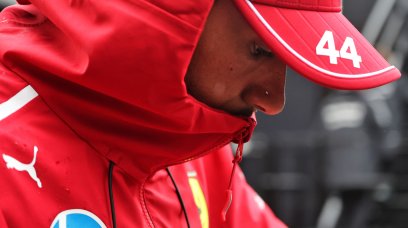
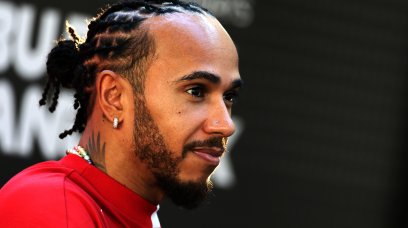
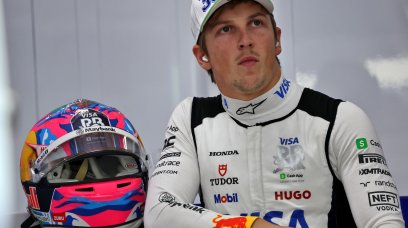
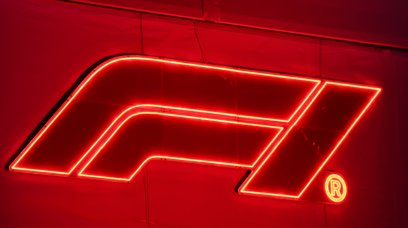
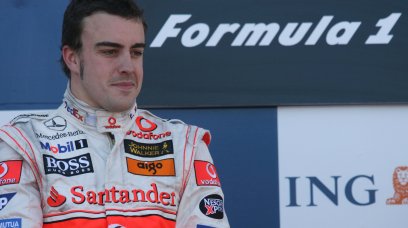
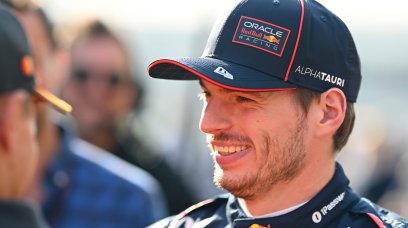

Join the conversation!